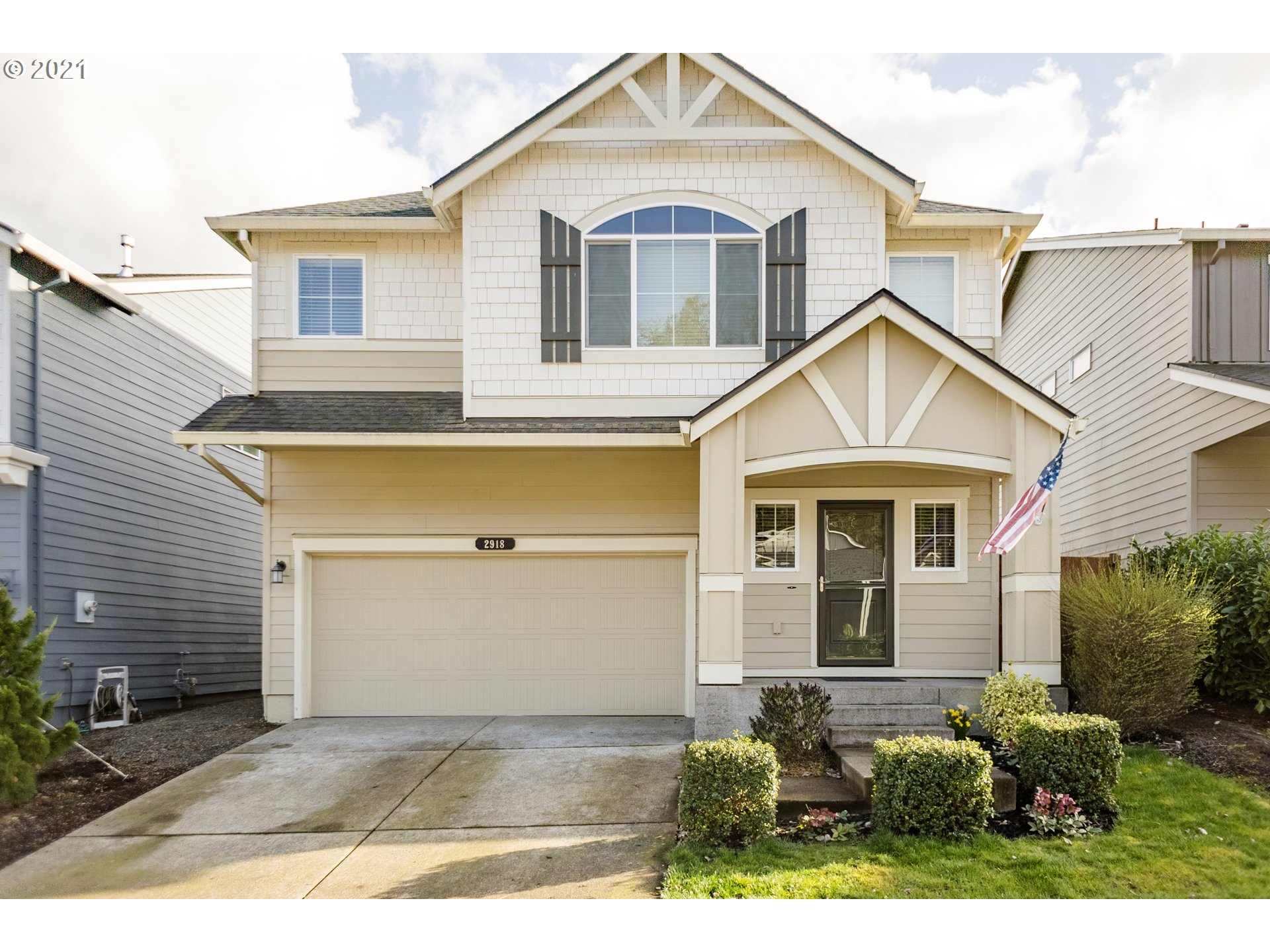Home Prices Continue To Rise At A Historic Pace
Good Monday Morning!
Home prices in the Eugene and Springfield area continue to rise at a historic pace. Double digit home value increases have been the norm over the past several years, driving the average area home price above $390,000. Extremely low mortgage interest rates have been the force behind the home price explosion along with an etremely low inventory of homes on the market for sale. The increased home values in our area have driven many buyers completely out of the market and made home purchases difficut for others. Will this trend continue? Here is an article from "Realtor.com" that describes home prices nationally.
The numbers: Home prices continue to increase at an incredibly fast pace across the country, according to two separate indices released Tuesday, adding to the financial pressures home buyers face amid rising mortgage rates.
The S&P CoreLogic Case-Shiller 20-city price index posted an 11.1% year-over-year gain in January, up from 10.2% the previous month. The separate and broader S&P Corelogic Case-Shiller national price index, which covers the entire country, demonstrated an 11.2% gain year-over-year in January, representing the highest gain in nearly 15 years.
On a monthly basis, the 20-city index increased 0.9% between December and January.
What happened: Prices rose on a monthly basis in 19 of the 20 large cities tracked by Case-Shiller, with Cleveland being the only city to see prices drop. Compared to January 2020, prices were up in all 20 cities the report tracks.
Notably, the index included data for Detroit for the first time in almost a year. Typically included as part of the 20-city index, Detroit was excluded throughout most of the pandemic until now because of issues collecting data during coronavirus-related shutdowns.
Phoenix saw the highest rate of price appreciation with a 15.8% gain year-over-year, according to the Case-Shiller indices, followed by Seattle and San Diego.
“January’s data remain consistent with the view that COVID has encouraged potential buyers to move from urban apartments to suburban homes,” said Craig Lazzara, managing director and global head of index investment strategy at S&P DJI, in the report. This demand may represent buyers who accelerated purchases that would have happened anyway over the next several years.
Separately, the Federal Housing Finance Agency released its own home-price index Tuesday, which showed a 12% increase in home prices nationwide compared to a year ago and a 1% uptick month-over-month.
While still a break-neck pace of price appreciation, FHFA deputy director of the division of research and statistics Lynn Fisher noted the monthly increase was the smallest since June. “While house prices experienced historic growth rates in 2020 and into the New Year, the monthly gains appear to be moderating,” Fisher said in the report.
Prices rose the most in the Mountain region, according to the FHFA, in line with the regional data reported in the Case-Shiller indices.
The big picture: The pandemic prompted a rush into the housing market. Cramped households eagerly sought out larger homes with more outdoor space further out in the suburbs and rural areas, while the rise of remote work also led to a need for more room. Plus, millennials are reaching their prime home-buying years.
These buyers have encountered little supply of homes for sale, creating an incredibly competitive and stressful market. Until now, that’s caused home prices to rise quickly, but that could soon change.
“We expect time on market and price gains to moderate as we approach spring and more sellers put homes up for sale, but potential buyers will face new challenges later in the year,” said Danielle Hale, chief economist at Realtor.com.
Chief among those challenges is the recent increase in mortgage rates. So this year, mortgage rates have risen over half a percentage point, and mortgage rates jumped above the 3% for the first time since last summer earlier this month. Higher interest rates mean higher housings costs for home buyers, naturally.
As a result, some home buyers will be forced either to lower their budget for the property they wish to purchase or exit the market entirely if owning a home simply isn’t within their means anymore. That could put some pressure on home prices, causing the rate of home price appreciation to slow later this year.
What they’re saying: “The housing market momentum that had picked up pace at the end of 2020 spilled over into the early months of 2021, upending the traditionally slow home-buying season,” CoreLogic deputy chief economist Selma Hepp said ahead of the Case-Shiller report’s release.
“Housing has remained robust during the pandemic amid low interest rates and dwindling supply,” Priscilla Thiagamoorthy, an economist with BMO Capital Markets, wrote in a research note.
Have An Awesome Week!
Stay Healthy! Stay Safe! Trust in God!
THIS WEEKS HOT HOME LISTING!
 2918 San Pedro Ave NW, Albany, OR
2918 San Pedro Ave NW, Albany, OR
Price: $429,900 Beds: 5 Baths: 3.0 Sq Ft: 2570
Fantastic Views of Nearby Hills. This beautiful home offers spacious rooms with an open floorplan and tall ceilings. It has a large master bedroom with 2 walk in closets, and a soaking tub. You can sit in the backyard and enjoy the fantastic vi...View this property >>
AND HERE'S YOUR MONDAY MORNING COFFEE!!






